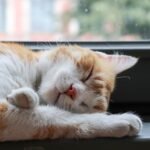Big cats, including lions, tigers, leopards, and cheetahs, are renowned for their prowess as predators. With a combination of speed, strength, and stealth, these apex hunters are equipped with several sensory advantages, among which their sense of smell plays a critical role. Understanding how big cats use olfactory cues to track prey over long distances provides insight into their survival strategies and adaptations in the wild.
The Anatomy of a Big Cat’s Olfactory System
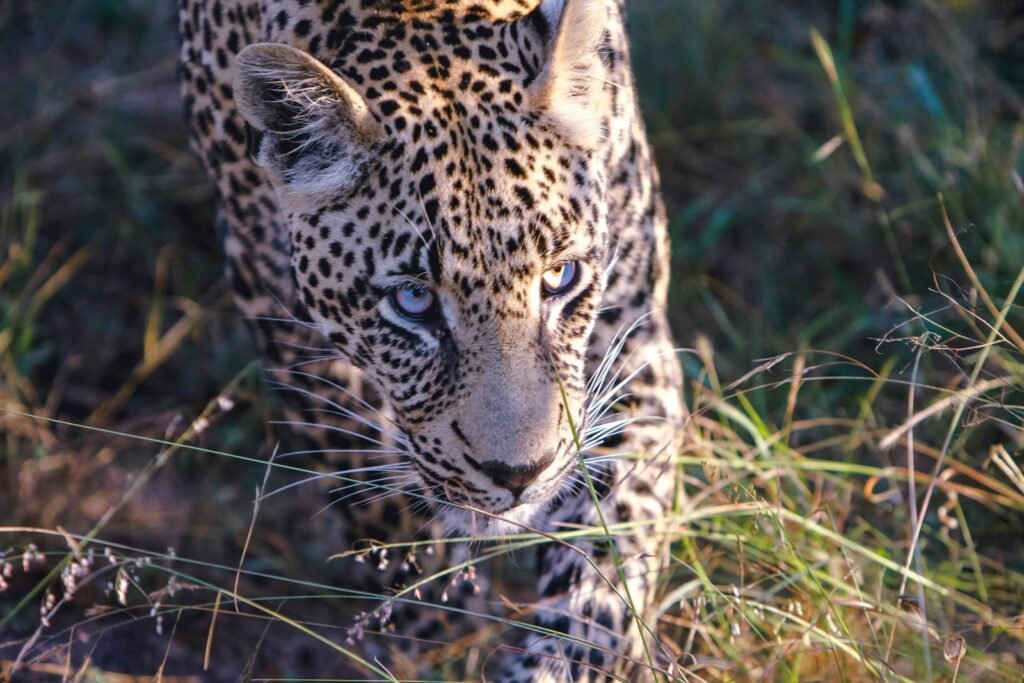
The sense of smell in big cats is supported by a sophisticated olfactory system. Their nostrils lead to an extensive network of olfactory receptors that are highly sensitive to scent particles in the air. This intricate system allows them to detect and process chemical signals from their environment, crucial for hunting and territorial identification.
The Role of Smell in the Wild
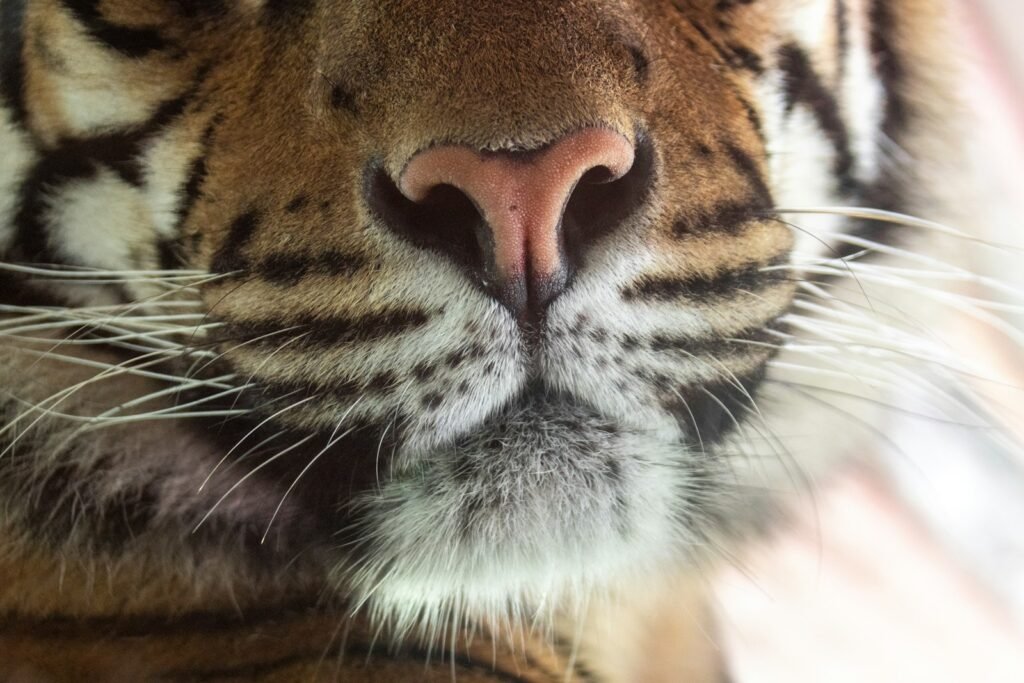
In the wild, the ability to detect scents plays a significant role in a big cat’s ability to locate prey. Scents carried by the wind can inform a predator of nearby animal activity, from identifying potential prey to avoiding competitors. This sense is crucial for survival, especially in dense forest environments or expansive savannahs where visual cues may be limited.
Comparative Sense of Smell: Big Cats vs. Other Animals
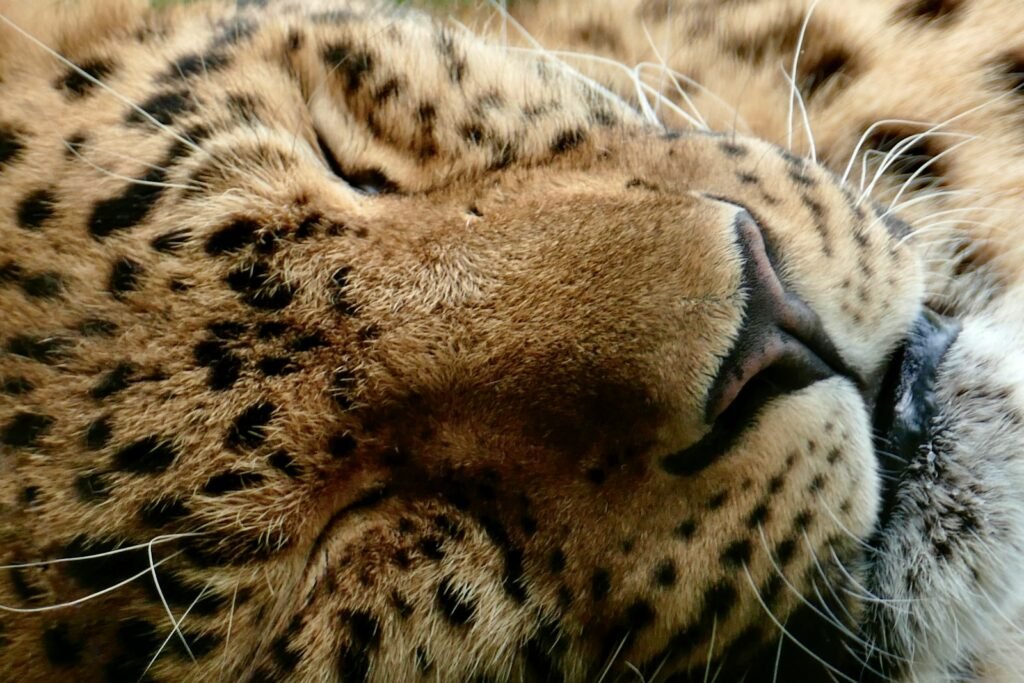
While dogs are famous for their acute sense of smell, big cats also possess olfactory capabilities superior to many other animals. By comparing the olfactory efficiency of big cats with species with similar ecological roles, we gain a clearer picture of how these predators have evolved specific adaptations for tracking prey.
Tracking Prey Over Long Distances
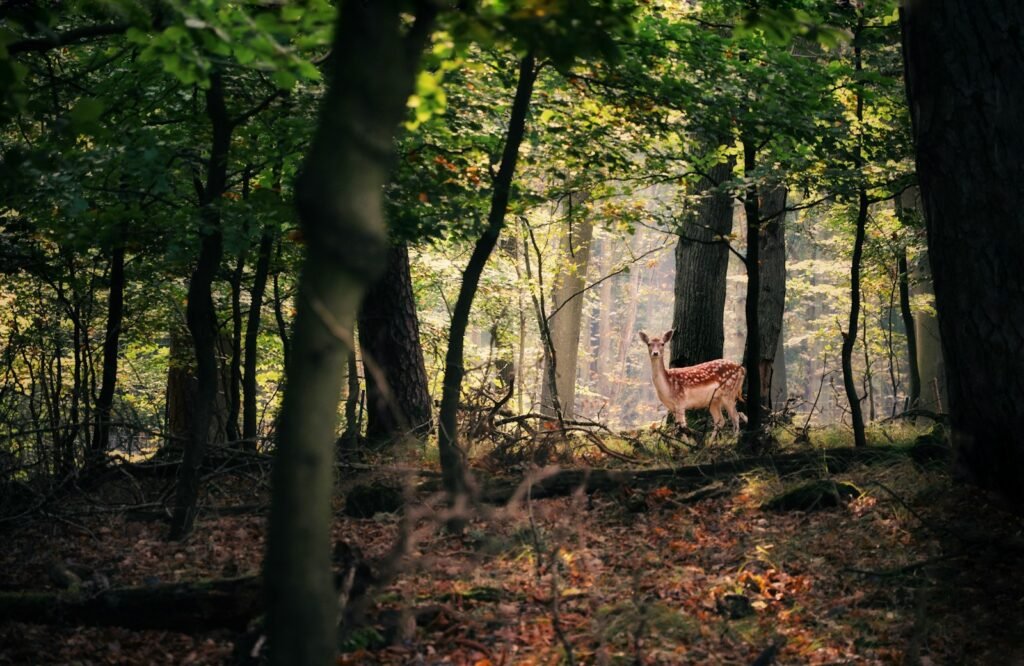
Big cats utilize their sense of smell to track prey over considerable distances. Wind direction, humidity, and the nature of the terrain can impact how scents travel, and big cats have evolved to understand and exploit these variables to locate food sources effectively.
Influence of Wind and Weather on Olfactory Tracking
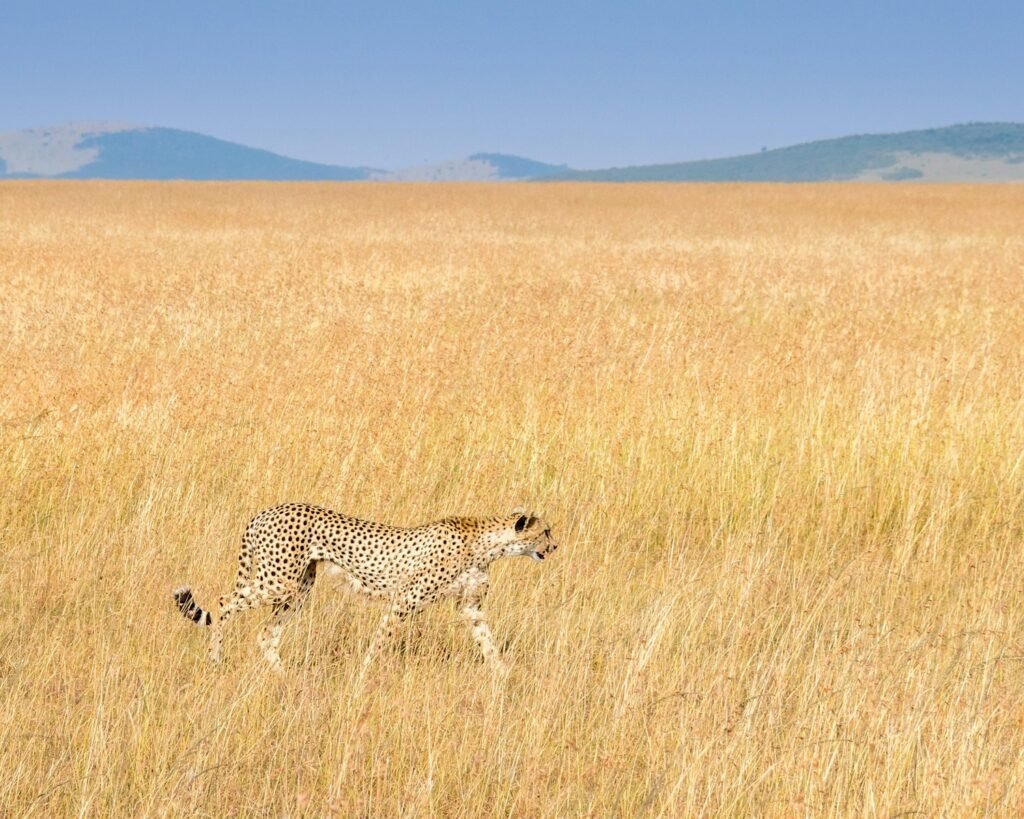
The ability of a big cat to detect scent trails largely depends on environmental factors such as wind and weather. Wind can carry scent molecules over long distances, while changes in weather conditions can either enhance or hinder scent detection. Understanding these dynamics is crucial in comprehending how big cats strategize their hunting activities.
Successful Prey Detection and Capture
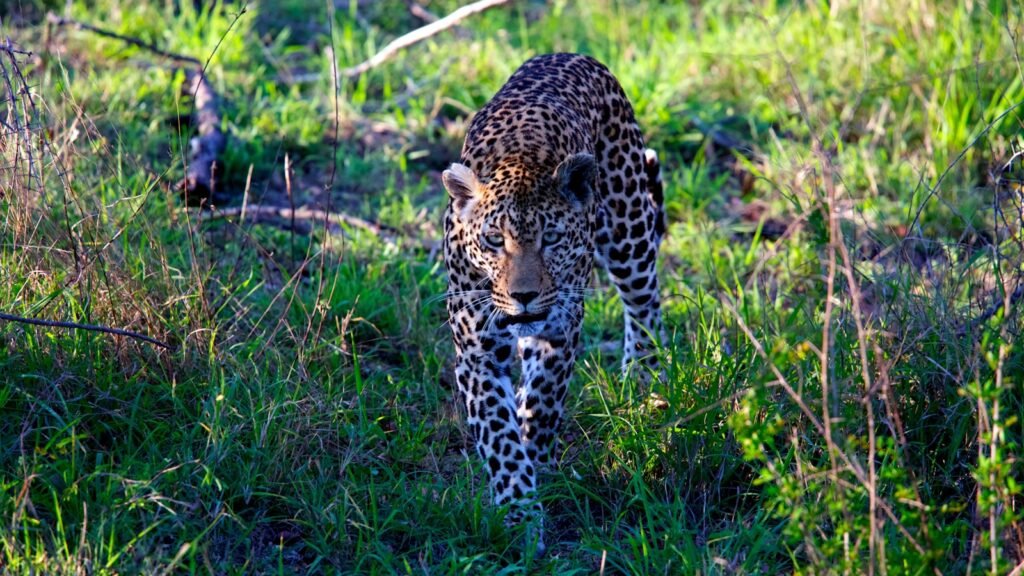
Once a big cat locks onto a scent, it can follow the trail with incredible persistence and precision. They use a combination of stealth and subtlety to approach prey, often using their sense of smell to mitigate risk, ensuring they do not inadvertently alert their target until the moment of attack.
Adaptations for Enhanced Smelling Abilities
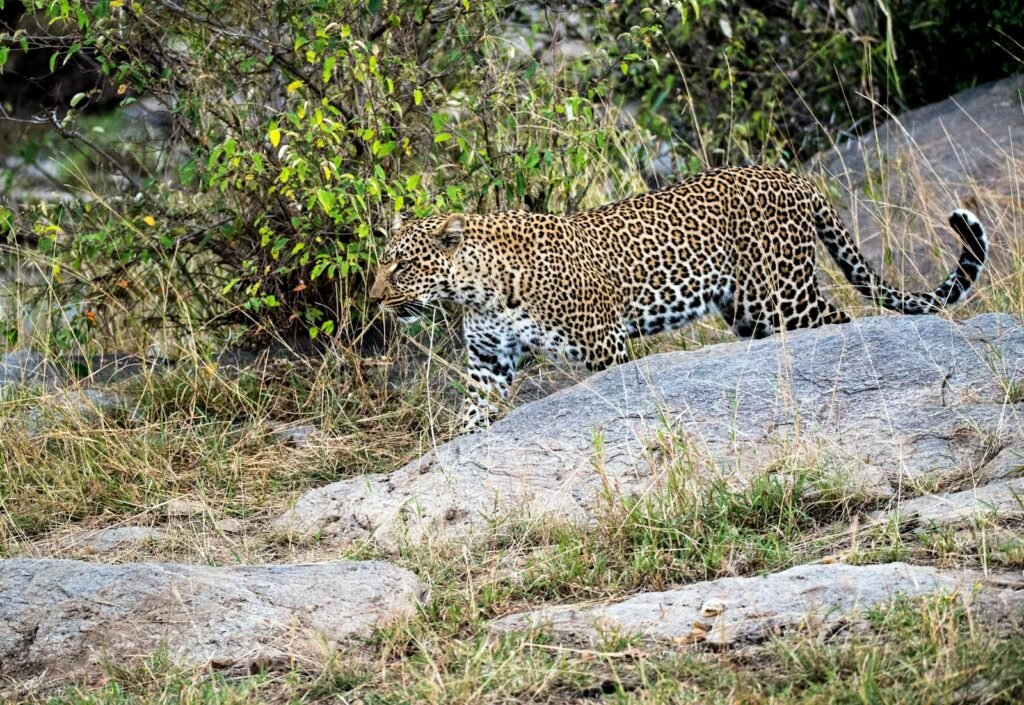
Big cats have developed various anatomical and behavioral adaptations to support their olfactory abilities. These include a Jacobson’s organ, a specialized structure that aids in detecting pheromones, and the Flehmen response, an action performed to better analyze a scent-marked area.
Olfactory Communication Among Big Cats
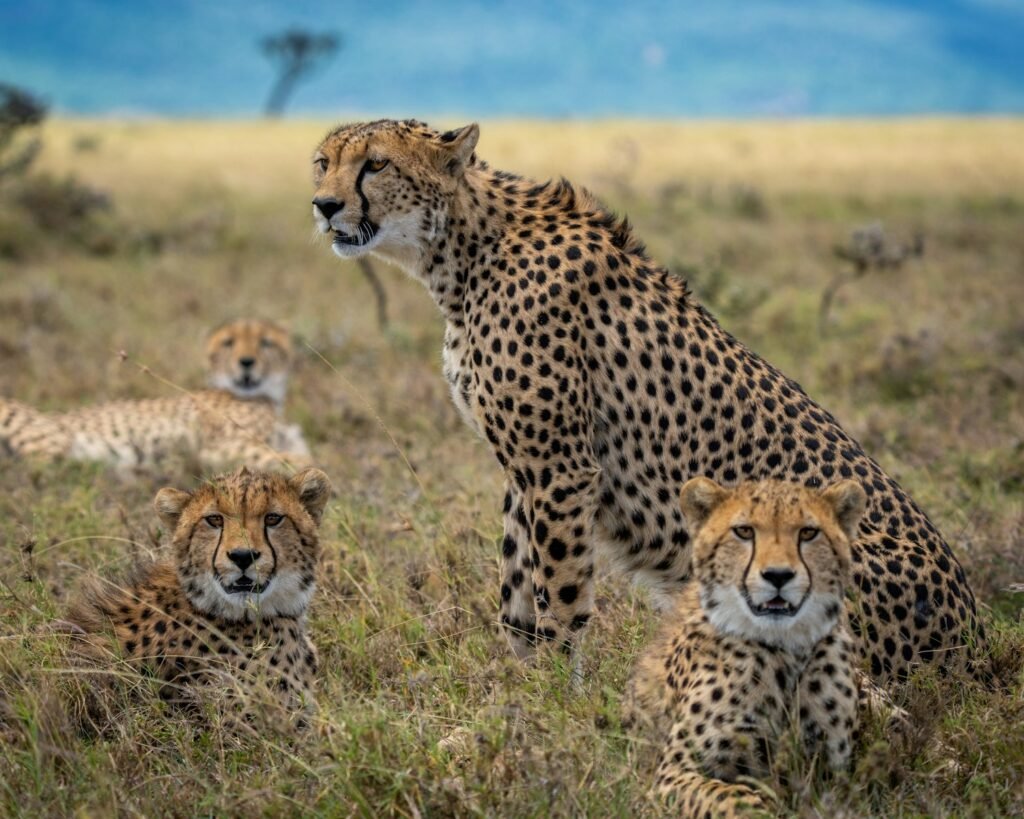
In addition to hunting, big cats rely on their sense of smell for communication. Scent-marking through urine, feces, and gland secretions helps them establish territories, find mates, and avoid conflict with rival predators. These olfactory messages are an integral part of a big cat’s interaction with its environment and peers.
The Role of Smell in Evolutionary Success
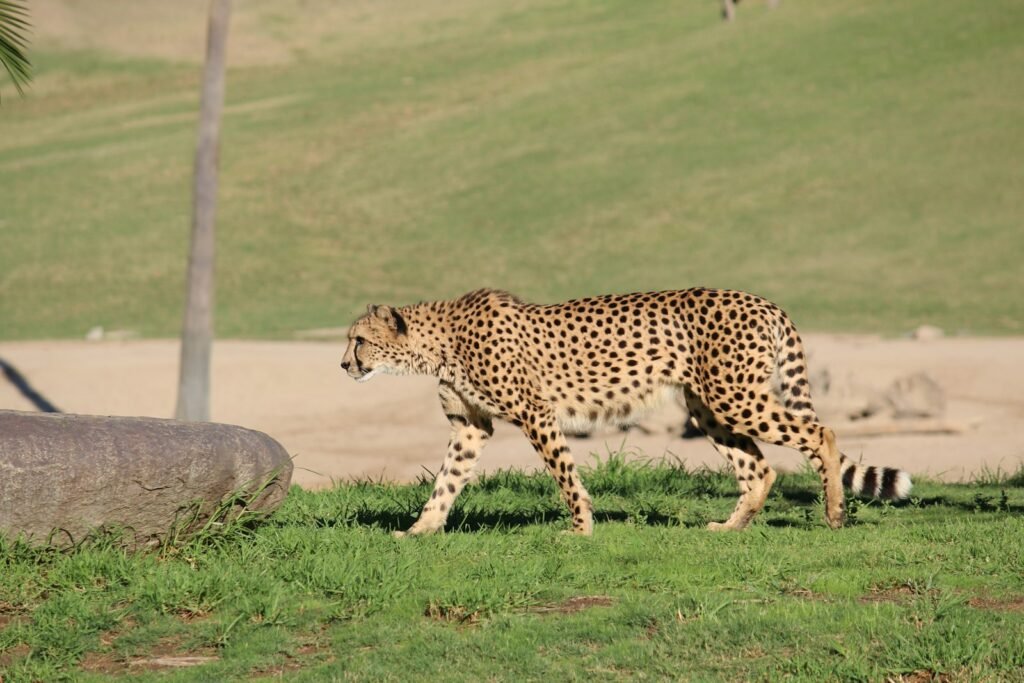
The enhanced sense of smell in big cats reflects their evolutionary success as apex predators. By effectively utilizing scent for hunting and communication, these animals have secured their place at the top of the food chain in diverse ecosystems across the globe.
Conclusion: The Science of Smell in Big Cats
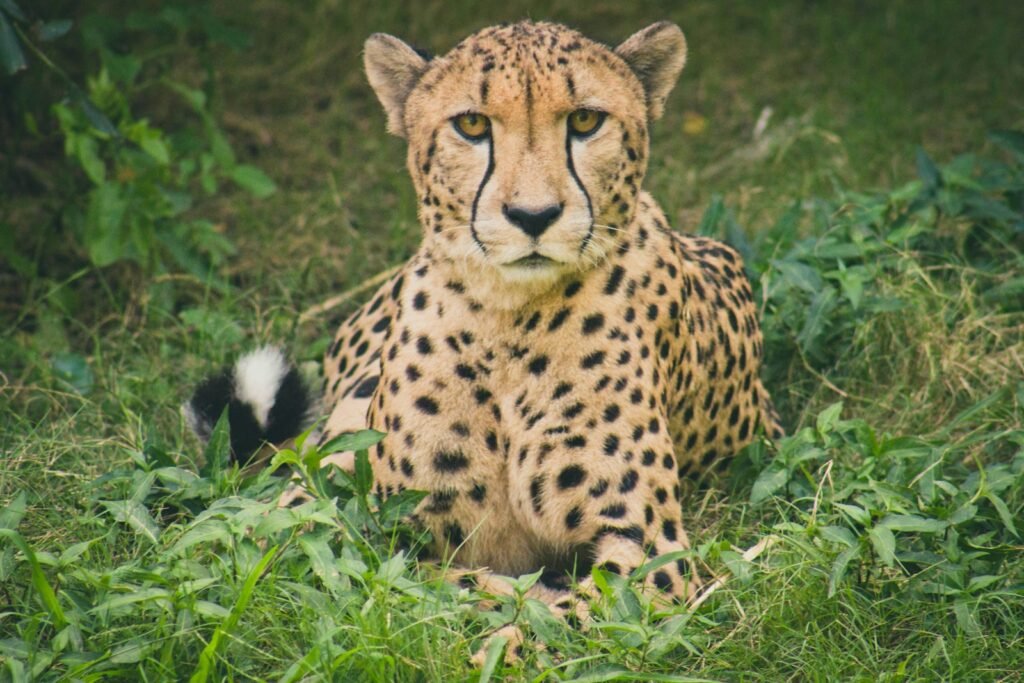
The acute sense of smell in big cats is a testament to their evolutionary adaptations that ensure survival and dominance in the wild. By understanding how these predators utilize olfactory cues to track prey and communicate, we gain valuable insights into the delicate balance of nature and the intricate web of predator-prey interactions.

Growing up traveling and experiencing new cultures and wonders, I have had a passion for nature, adventuring, photography, and videography. I am currently working towards a BSc in Biodiversity and Ecology at Stellenbosch University, and I hope to specialise in Marine Sciences one day.
Please send any feedback to Feedback@animalsaroundtheglobe.com



